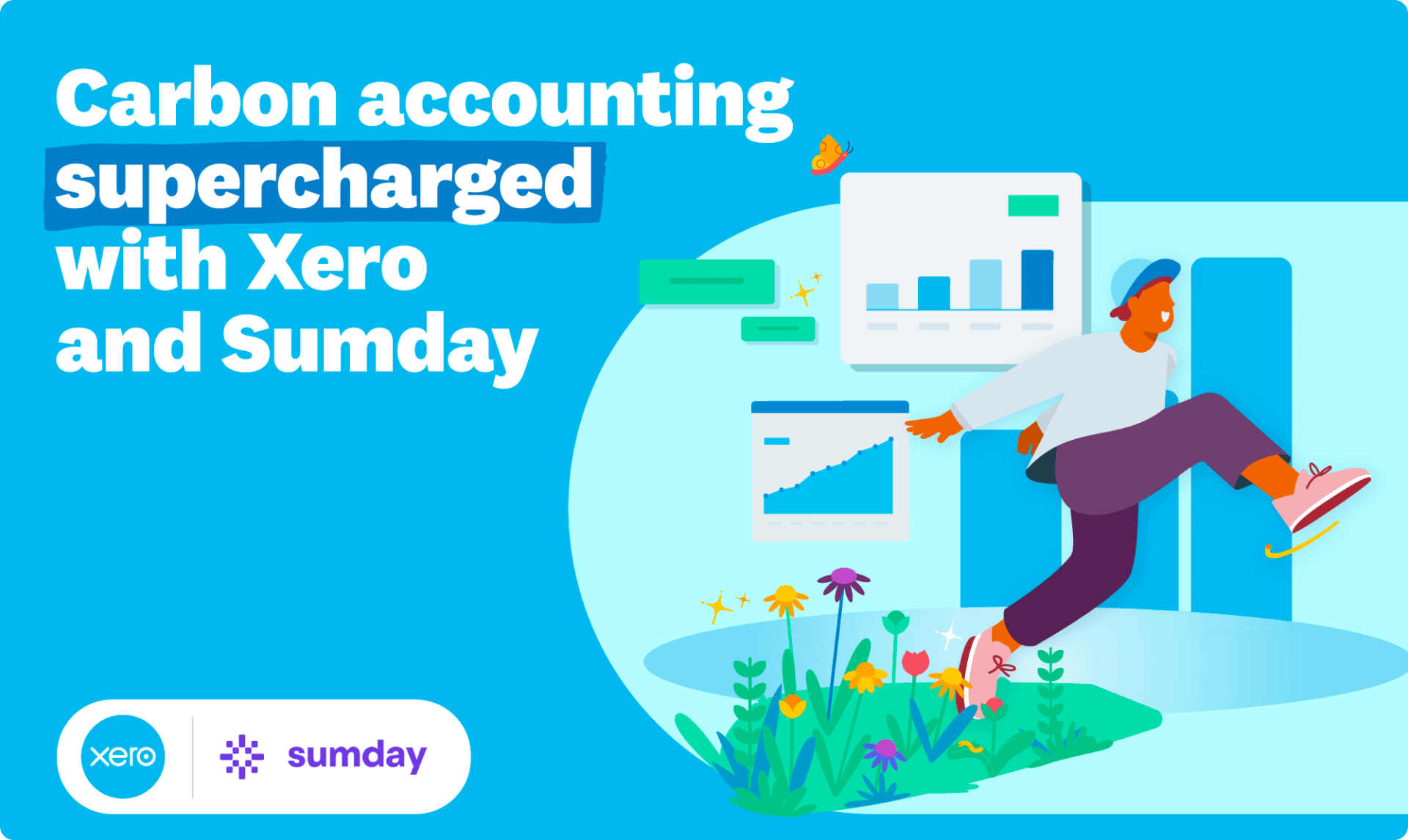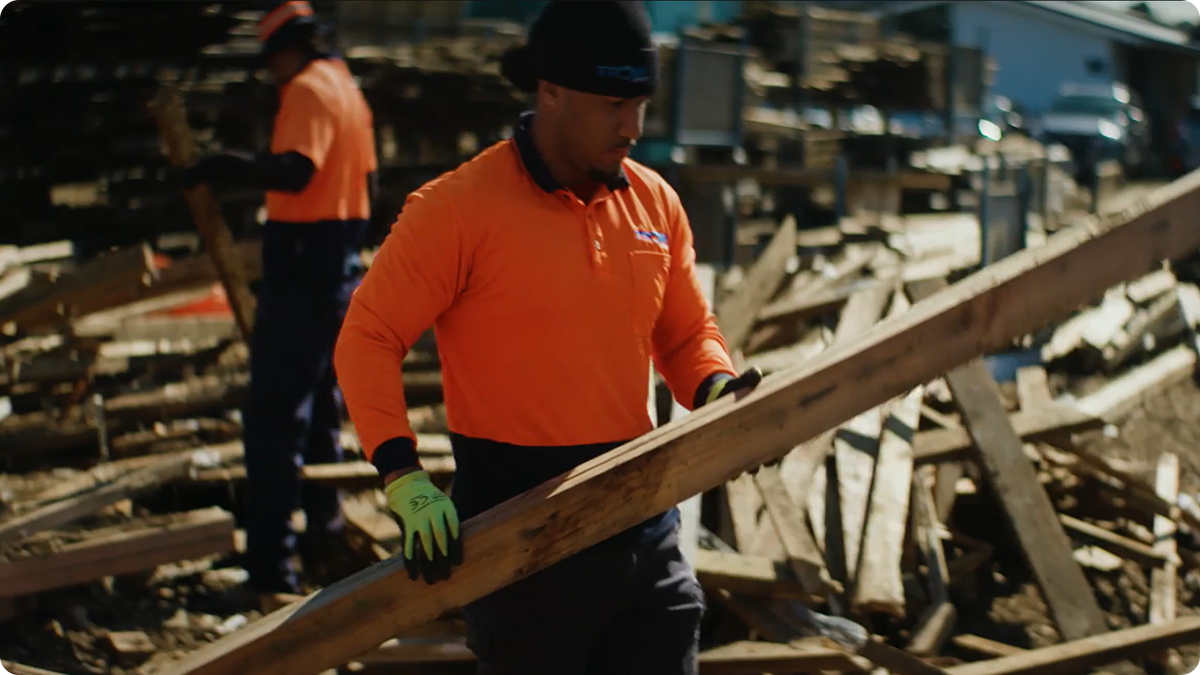Stage 5: Share your progress
Now that you’re taking action, make sure you keep moving in the right direction by collecting the right data, tracking your progress, and sharing your efforts with your customers.

What you’ll learn in this section
What data to collect and how to manage it
A tool to estimate your business’s carbon footprint
How to share your progress without greenwashing
How to collect and manage ESG data
Where do you start collecting data to understand ESG performance? You might be surprised at how much you already have! Most ESG data comes from things like utility bills (electricity, gas, water), other supplier invoices and receipts (waste collection, flights, fuel) and HR records (salaries, demographics, training).
To track your sustainability efforts, focus on those areas you’ve identified as a priority. Identify what data you already have, and what other metrics you’d like to track. Start with a simple spreadsheet to document your data, sources and calculations. Then you can upgrade to the right software for your needs.
Calculating your carbon footprint
A carbon footprint is an indicator of the greenhouse gas (GHG) emissions caused by your business, either directly, for example by burning fuel, or indirectly, for example by using electricity. Small businesses are increasingly being asked for theirs by large organisational customers and financial institutions.
Sumday carbon accounting tool
Sumday connects to your Xero account to quickly estimate your emissions based on your financial data. It’s a simple way to get started. Xero is currently offering customers a free 12-month subscription. Sumday also offers an online academy to help you learn more.
Access Sumday free with Xero
Understanding reporting frameworks
Reporting frameworks can seem like burdensome admin, but they can help give you direction and they provide a common language and guidance for collecting and presenting the information your stakeholders are asking you for anyway.
The various reporting frameworks, initiatives and even certifications can feel a bit like alphabet soup! GRI, SDG, IFRS, ASRS, CSRD! But don’t worry, you don’t need to know what they all mean. You just need to identify which one your stakeholders want to see. Learn more in the diagram below.

See the Continue Learning page for more information on these reporting frameworks.
Continue Learning pageCheck up on your progress
It’s not just about collecting data; use it to reflect as well. Are you moving towards your goals? What’s working? What needs a tweak? Schedule a regular check-in, (for example quarterly or twice a year), to review progress, learn from results, and adjust as needed.
Communicating your efforts
Many small businesses hesitate to talk about their sustainability efforts, but you don’t have to be perfect or produce a big glossy report!
A simple web page works well for a small business, supported by communications via blog post, newsletter and social media. You can also post your achievements on platforms like Sumday Profiles and Sustainability Tracker which display brands’ sustainability initiatives and credentials.
It’s best to be open and authentic about your challenges as well as your progress. Focus on being specific, clear and honest with any claims and backing them up with evidence (like data and examples) to show that you’re not greenwashing.
Sumday ProfilesSee it in practice
Learn how deconstruction company TROW Group uses data and storytelling to communicate the sustainability impact they're having by salvaging and repurposing demolition materials.
Watch their story
Going for certification
Consider working toward a third-party certification, rating or ecolabel. These help define what good looks like and shows that your business meets recognised standards. It builds trust with your customers, partners and investors and helps them feel confident in your claims.